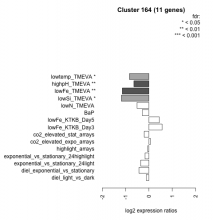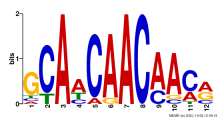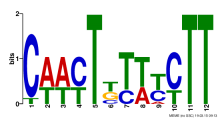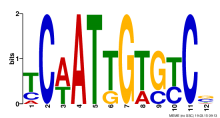269780 DUF382Thalassiosira pseudonana
| Chromosome | Product | Transcript Start | End | Strand | Short Name | |
|---|---|---|---|---|---|---|
| 269780 | chr_14 | DUF382 | 695816 | 697775 | - | DUF382 |
| NCBI ID | Ensembl Genomes exon ID |
|---|---|
| 7452719 | Thaps269780.1, Thaps269780.3, Thaps269780.2 |
| Expression Profile | Conditional Changes | Cluster Dendrogram | Discovered Potential cis-Regulatory Motifs |
|---|---|---|---|
Thaps_hclust_0164 |
 |
 |
   |
| T. pseudonana | P. tricornutum | P. tricornutum DiatomCyc | F. cylindrus | Pseudo-nitzschia multiseries | E. huxleyi | C. reinhardtii | A. thaliana | P. sojae |
|---|---|---|---|---|---|---|---|---|
| Not available | PHATRDRAFT_49469 | PHATRDRAFT_49469 | 158351 | 254661 | 216021 | Cre12.g514450.t1.2 | AT4G21660.1 | 297360 |

Add comment